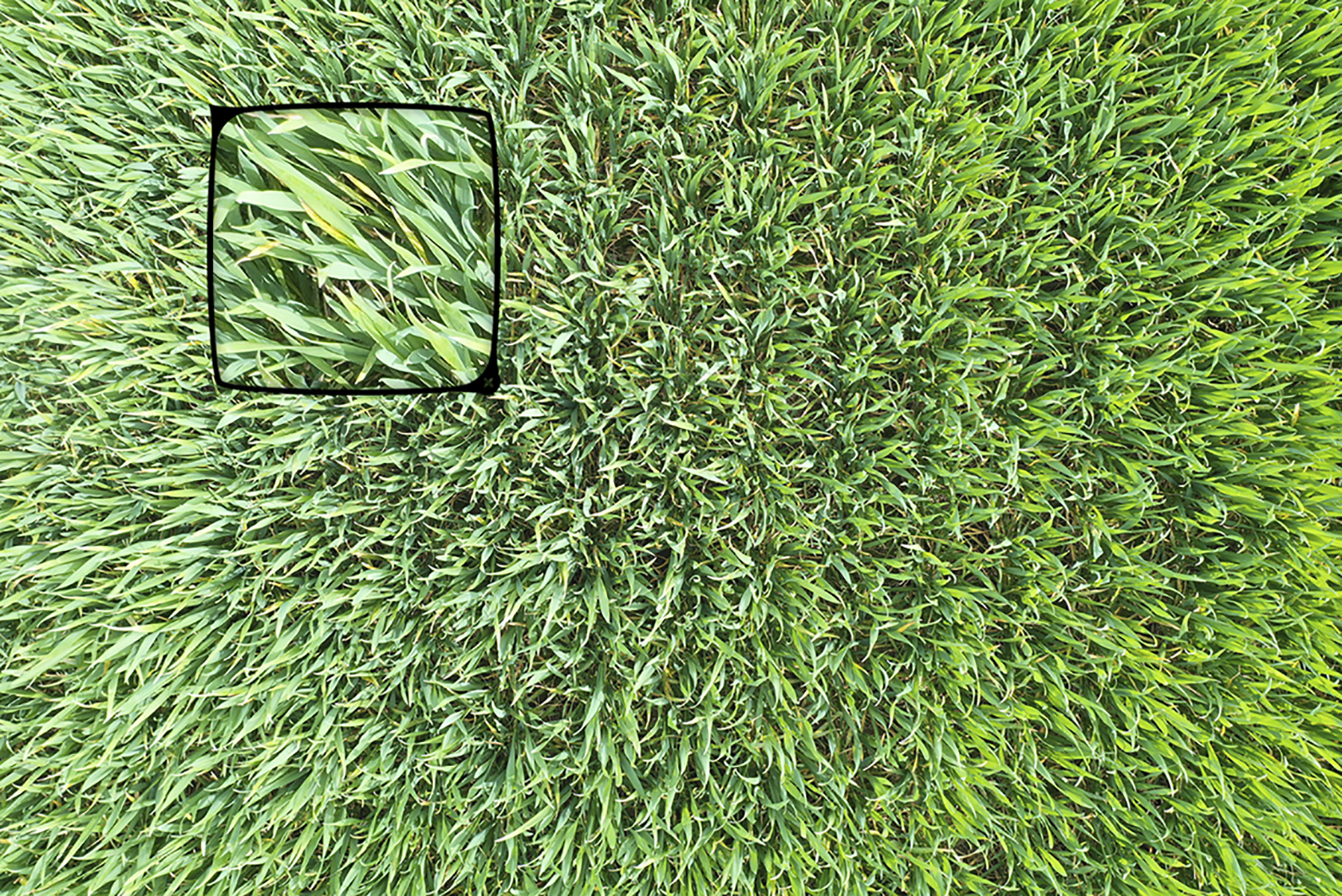Developers have launched a new mobile phone app designed to use drone imagery to pinpoint diseases such as yellow rust and Septoria tritici earlier in crops.
The app, Skippy Scout, was created by agri-tech firm Drone Ag, and aims to help farmers manage crop diseases more effectively this spring.
“Spotting the signs of common diseases as early as possible has become increasingly important to controlling them promptly,” said Drone Ag founder Jack Wrangham.
Why use drones in disease management?
Drones are able to cover a field and take photos of crops far quicker than by the conventional crop walking method of disease identification.
Photos can be taken (using the drone) of the crops as the drone scans the field, these images can be used to identify the extent to which disease is affecting leaves, after which a decision can be made on whether action needs to be taken to combat the disease.
Almost any drone can be used to take photos of a field, but should a farmer wish to access the images of their field in real time, the Skippy Scout app affords them this opportunity.
In the case of Skippy Scout, the drone will fly in close proximity to the crop and take leaf level images that are sent to the user’s phone in real time.
How effective are drones?
“In minutes a drone can take images of multiple points in a field. The images are detailed enough to identify early signs of many common crop diseases,” explains Wrangham.
Using drones also enables farmers to share images of crops with agronomists between visits, who in turn could spot disease faster and reduce the risk of irreparable damage to the yield. This could ultimately help farmers to improve crop margins.
Robert Ord, agronomist for MSP Agriculture confirms: “This technology gives me an accurate image of how crops are developing at this time of year.
Looking at images sent to me, I can identify disease before it becomes too established and protect crops earlier.
Skippy Scout
Drone Ag has already seen over fifty user downloads of Skippy Scout in the first month of sales and many more farmers are investing in drones to begin using the app.
Farmers interested in making use of this service can expect to pay in the region of £30/month.
“This is not future technology. It is available now and can be downloaded to help farmers walk crops faster this year. This technology can revolutionise how farmers identify disease and has the potential to save acres of crops worldwide,” concluded Wrangham.



